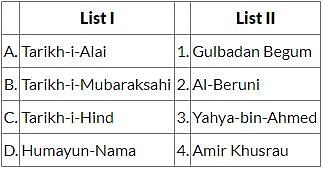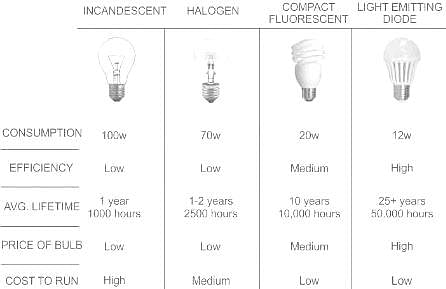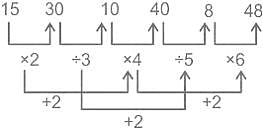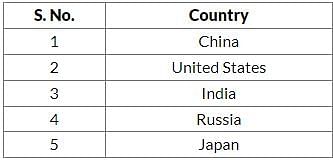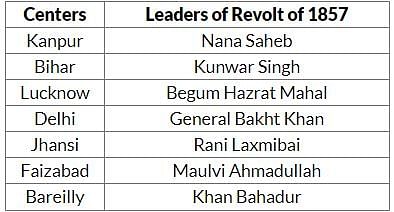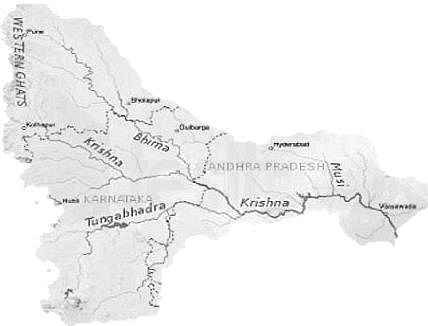BPSC Prelims Mock Test - 10 - BPSC (Bihar) MCQ
30 Questions MCQ Test BPSC Prelims Mock Test Series & Past Year Papers 2024 - BPSC Prelims Mock Test - 10
Which organization is tasked with the enforcement of money laundering laws and foreign exchange regulations in India?
| 1 Crore+ students have signed up on EduRev. Have you? Download the App |
What is the main goal of the "Amrit Bharat Stations" scheme launched by the Ministry of Railways?
With reference to the history of the Indian National Movement, who among the following was the first Indian to start an agitation for political reform?
Consider the following pairs:
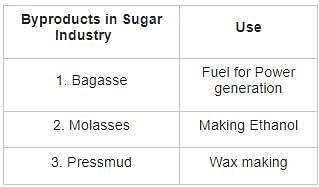
Which of the pairs given above is/are correctly matched?
Which of the following Articles of the Constitution of India mentions Constitution of Committee for District Planning?
Which among the following is the most energy-efficient?
Which of the following atoms does not have a Neutron in its Nucleus?
Find the missing term in the given series.
15, 30, __, 40, 8, 48
Which neighbouring country of India is the world's only carbon-negative country?
The 1907 Surat session of the Indian National Congress is significant in the history of the freedom movement, because:
Consider the following pairs.
- Kanpur - Nana Sahib
- Bihar - Begum Hazrat Mahal
- Lucknow - Kunwar Singh
Which of the above pair/s is/are not correctly matched to their leader of the 1857 revolt?
Gandhi's 11 points ultimatum was given to the viceroy before starting Civil Disobedience Movement. Which of the following are correct with respect to This ultimatum?
- Reduce Rupee-Sterling exchange rates
- Reduce the rate of land revenue
- Release political prisoners
Which of the following river is not a tributary of the river Krishna?
Which feature of the Indian Constitution has been taken from the Constitution of Japan?
Consider the following statements about ‘Indicative planning’:
- State turns into a facilitator from that of a controller and regulator.
- It was adopted since the 8th five-year plan (1992-97).
Which of the statements given above is/are correct?
|
3 docs|29 tests
|
|
3 docs|29 tests
|


